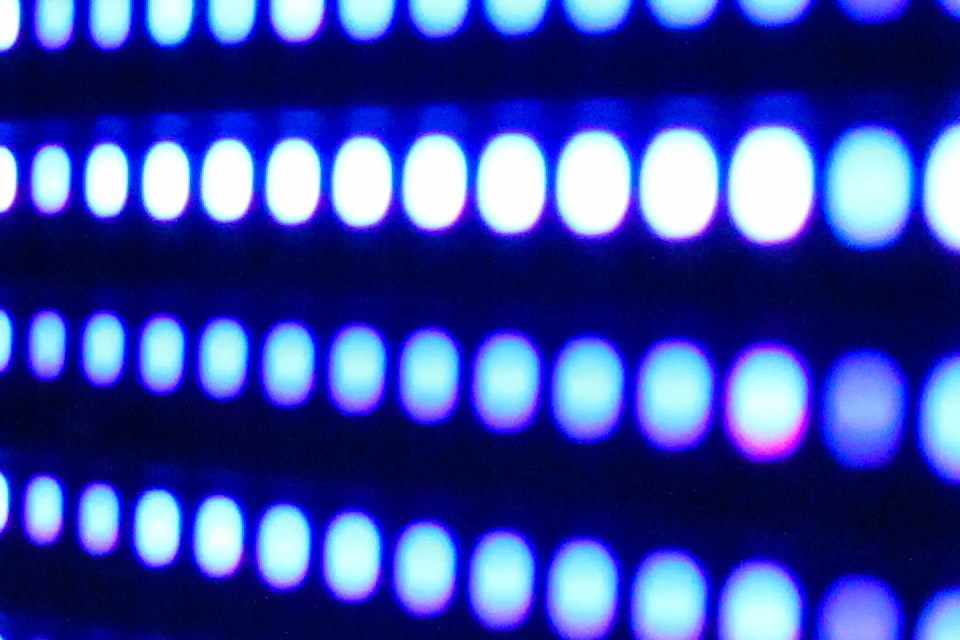
New White paper on Grid Resiliency
August 23, 2023
For over a decade, utilities have focused on modernizing the grid. Amazingly, technologies are available that can enhance the smart grid to improve the grid's resiliency, specifically wildfire-related resiliency.
Typical approaches used by utilities to make the grid smart often include:
- Installing smart or advanced meters.
- Deploying high-speed communications to support the widespread deployment of remote sensors.
- Installing new advanced control center software to optimize grid operations.
The goals of the modernized grid are typically to improve customer satisfaction, increase reliability, enable more renewable energy, and lower costs. While these are all admirable goals for grid operators, grid operators may have been making trade-offs that may inadvertently impact grid resiliency. The recent PG&E practice of shutting power off in high-risk fire conditions is an example of an approach that decreases measured reliability but improves safety and system survivability, otherwise called resiliency. Grid operators often attempt to automatically restore power to a damaged circuit on the chance that the fault was temporary, causing fuses to expel hot metal or causing downed conductors to spark. A potentially dangerous scenario in high-risk wildfire conditions and is a practice favoring reliability over resiliency. Fuse clearing practices improve reliability by restoring power to customers faster, reducing overall outage durations, but done at the cost of decreased resiliency.
Recently, there has been industry and DOE-funded research into new technologies such as advanced wireless fault indicators, phasor measurement units, grid optimization algorithms, and low-cost voltage and current sensors. Utilities can use these technologies to enhance the grid’s resiliency. To do so requires components of the infrastructure deployed as part of the modernized grid. Specifically, utilities must leverage communication infrastructure already deployed for smart metering and remote monitoring and control, upgrade their distribution management systems, and use new mobile data systems to deploy new sensors in the field cheaply.
One recent real-world example is at San Diego Gas and Electric, where they have recently demonstrated that they can leverage their existing smart grid and add new sensors and automation software to detect a falling conductor and de-energize it in less than second so that it is no longer live when it hits the ground preventing a potential situation of sparking wires in a high-risk fire zone.
In the era of wildfires, what is needed is the widespread deployment of these technologies to enhance the modernized grid to address new resiliency-focused initiatives.


